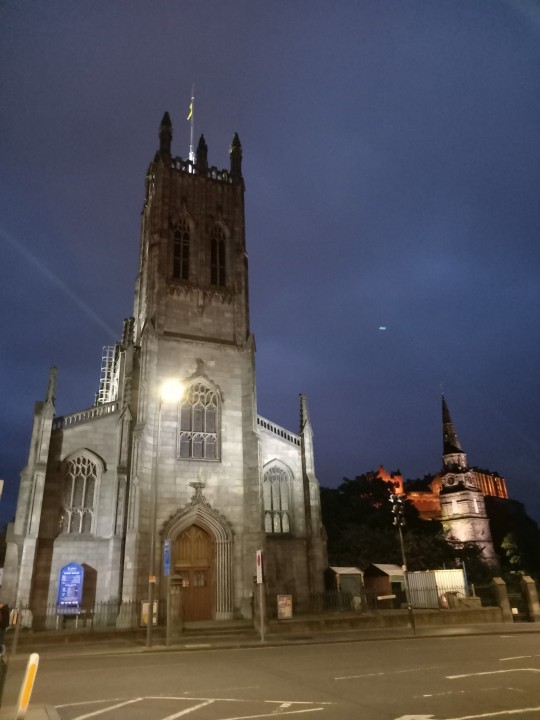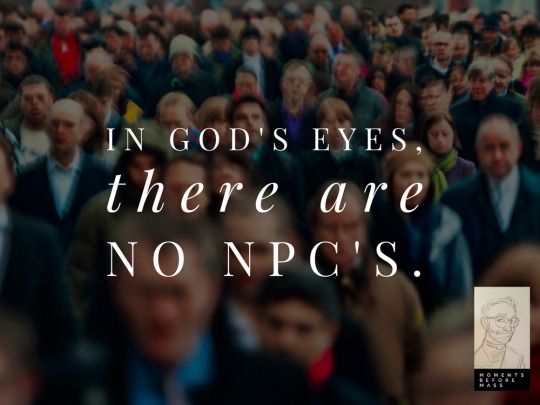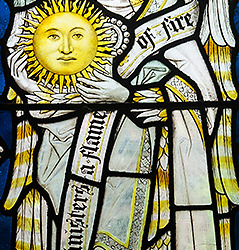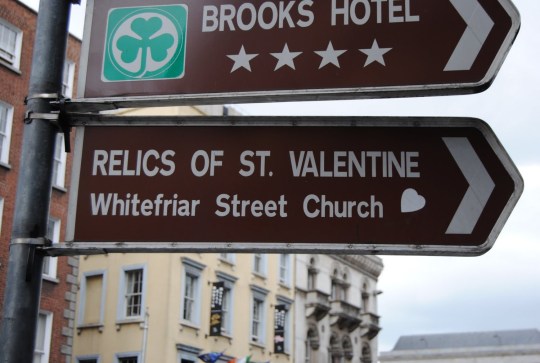#St Johns Church
Text

#film#film photography#35mm#35 mm#35mm film#analog photography#catholic#roman catholic#st. johns church#st johns church#catholic church#catholic art#catholic aesthetic#southern gothic#appalachia#lomography#lomography simple use#lomography simple use camera#kodak#kodak film#kodak ultramax 400
993 notes
·
View notes
Text

West end last night
31 notes
·
View notes
Text
St. Johns Church, nestled in the picturesque town of Dalhousie, Himachal Pradesh, stands as a testament to colonial architecture and serene spirituality. Built over 150 years ago during the British Raj, this historic church attracts visitors with its tranquil ambiance and stunning views of the surrounding mountains. The church is renowned for its Gothic architecture, adorned with stained glass windows that cast colorful patterns on the polished wooden pews inside. Set amidst lush greenery and towering pine trees, St. Johns Church offers a peaceful retreat for those seeking solace in nature's embrace. Its serene surroundings make it a perfect spot for photography enthusiasts and history buffs alike, offering glimpses into India's colonial past.

Places to visit near St. Johns Church include several offbeat destinations that add charm to any trip to Dalhousie. One such gem is Garam Sadak, a winding road dotted with tea stalls and offering panoramic views of the valley below. For those interested in spiritual retreats, the Devi Dehra Rock Garden offers a serene escape with its tranquil atmosphere and natural rock formations. Further afield, Pohlani Mata Temple beckons with its ancient architecture and panoramic views of the Himalayan foothills, making it a must-visit for spiritual seekers and nature lovers alike.
Exploring places to visit near St. Johns Church unveils a tapestry of natural and cultural wonders waiting to be discovered. Beyond the hustle and bustle of mainstream tourist spots, these offbeat destinations offer a glimpse into the soul of Himachal Pradesh. Whether you're trekking through the lush forests of Bakrota Hills View Point or admiring the colonial architecture of St. Patricks Church, Dalhousie promises a memorable journey through history and nature. Embrace the tranquility of these lesser-known treasures and let Dalhousie's hidden gems unfold before you, creating lasting memories of your journey through Incredible India.
#clearholidays#St Johns Church#places to visit near St Johns Church#St Johns Church tourism#St Johns Church travel guide#Himachal Pradesh#india#india travel#india tourism#incredible india#Dalhousie#indian#travel#travel photography#Dalhousie tourism#lackadaisy#lamborghini#lana del rey#landscape
2 notes
·
View notes
Text

A new building going up in Blackpool, either the university or the government offices. On the left, Blackpool Tower and St John's Church, now imaginatively renamed, "Blackpool Church".
2 notes
·
View notes
Text

These two churches serve as an anomaly in Western Europe considering the region's dicey religious history. Both churches, one Catholic and one Protestant, are ideologically and architecturally distinct. The Basilica of St. Servatius was built in a Romanesque style, with large, rounded arches throughout. It has a plethora of Romanesque sculptures as well, depicting the life of the common man and their interaction with plants and animals. St John's church, named after John the Baptist, has many Gothic elements, with pointed arches throughout and an impressive baptistry added many years after its construction. The proximity between the churches is notable, especially considering the Reformation movement. However, they serve as a reminder that coexistence was and still is possible between different churches, even though that coexistence might not always be the most pleasant. The churches used to interrupt each other's services by ringing their bells as loud as possible. I was surprised to learn that the Basilica is considered one of the oldest standing churches in the Netherlands, and it has such an impressive history.
0 notes
Text
After spending a week in London I then went to Bath, England and spent about 5 days there. Looking back on it, I wish that I had more energy and creativity while I was there as unlike my other locations so far there aren't a whole lot of photos from there.
Photo of the day 10.3.22
"St. John's Church- Bath"

#my photography#photography#photographers on tumblr#photographers of tumblr#my photo post#photooftheday#original photographers#photo#photo of the day#architecture photography#st johns church#bath#bath england#color photography#my original photograph
1 note
·
View note
Text
NPC’s

(by request)
In the first century, Roman jailers were tortured and put to death if their prisoners escaped.
That’s the backstory to the jailer’s reaction to the earthquake at the jail in today’s first reading.
The foundations of the jail shake, the doors fly open, the chains are pulled loose.
The jailer sees this, assumes that his prisoners (Paul and Silas) have escaped, and prepares to kill himself. Because he knows what they do to jailers.
In that moment of despair, Paul calls out to the jailer, “Do no harm to yourself, we are all here.”
When they could have escaped, Paul and Silas didn’t. Why?
Because Paul and Silas know what they do to jailers.
It would have been so easy for them to run away after the earthquake. Paul and Silas had every reason to do it.
Their friends would have been so happy for them to be free. No one would have given the jailer a second thought.
But Paul and Silas? They knew what running away would mean for the jailer.
So, they stayed. And made sure that the jailer didn’t take his own life.
Why? What makes the jailer so special? All we know about him is his job. In the narrative, he’s part of the scenery, a nameless background character. In gaming terms, he’s an NPC (non-player character).
But that’s not how God sees things. In God’s eyes, there are no nameless background characters.
Paul and Silas are instruments of God’s grace, to be sure. But if we’re only looking at Paul and Silas, then we’ve missed the point of the earthquake at the jail and everything that followed.
Everything that happened wasn’t done for show, so that people would be impressed with Paul and Silas.
As St. John Chrysostom tells us, it was all done for the jailer – “not for show but for salvation.”
It was all done so that someone who was part of the scenery, a nameless background character to everyone else, might know how much he mattered to God. That to God, “he was worthy of salvation.”
That is how God looks at each one of us.
Because in God’s eyes, there are no NPC’s.
Today’s Readings
#NPC#Background#Nameless#Who you are in God's eyes#St. John Chrysostom#St. Paul#Roman#God#Jesus#Catholic#Christian#Christianity#Church#Catholicism#Moments Before Mass
120 notes
·
View notes
Text

“After sin comes shame; courage follows repentance.
Satan upsets the order; he gives courage to sin and shame to repentance.”
+ St. John Chrysostom
#another banger from st. john chrysostom#orthodox christianity#eastern orthodox#eastern orthodoxy#christianity#orthodox#orthodoxy#greek orthodox#church#orthodox church#serbian orthodox#christian quotes#quotes#st. john chrysostom
367 notes
·
View notes
Text

Faith is a beam radiating from the Face of God.
#catholic#catholicism#christianity#spiritual warfare#jesus christ#blessed virgin mary#our lady#faith in jesus#christian faith#faith in god#faith the unholy trinity#faith#st. john eudes#roman rite#missale romanum#roman catholic church#roman catholic#holy#holiness#holy mother of god#god#mother of god#mother of mercy#our lord and savior#our lord#our lady of fatima#our lady of sorrows#sacred#sacred scripture#bible
25 notes
·
View notes
Text
The Angel of the Day is...




The Archangel Uriel
From the Testament of Solomone, 2 Esdras, Book of Enoch & Hermetic Qabalah
Thank you for 250 followers!
#Uriel#Archangel Uriel#Angel of the Day#From the Original#Virgin of the Rocks by Leonardo da Vinci#Stained glass of archangel Uriel from the cloisters of Chester Cathedral#Panel painting in St Michael and All Angels Church Howick#Mosaic of St. Uriel by James Powell and Sons from St John's Church Warminster#Oriel#Auriel
45 notes
·
View notes
Text

#film#film photography#35mm#35 mm#35mm film#analog photography#catholic#roman catholic#st. johns church#st johns church#catholic church#catholic art#catholic aesthetic#southern gothic#appalachia#NikonFM10#kodak#kodak film#Kodak Portra 800#cross#crucifix#jesus christ#crucifixion#good friday#virgin mary#mary#mother mary
127 notes
·
View notes
Text

Whenever I am in Edinburgh I always try to check out the mural at St Johns Scottish Episcopal Church on the West End of Princes Street.
The murals address contemporary issues relating to justice and peace and have appeared at St John’s for many years.
They are intended to provoke discussion and a response from passers-by on Princes Street.
The murals are painted by Artists for Justice and Peace and planned by a small group including the Rector and Associate Rector of St Johns.
An Iranian, “Ella”, who has lived in Scotland for seven years, helped to create the the latest mural, Women Life Freedom in support of the women protesting in Iran against government strictures.
No matter what your political stance is these murals, in my opinion more often than not hit the mark, previous subjects have included the war in Ukrane, Desmond Tutu, Cop 26, BLM, Covid, and World Aids Day.
Next timee you are in Edinburgh have we look.
#edinburgh#st johns church#princes street#mural#thought provoking#women life freedom#iran#women's rights#scotland#scottish
101 notes
·
View notes
Text

Saint John Chrysostom
Bishop and Doctor of the Church
c. 344-407
Feast Day: September 13 (New), January 27 (Trad)
Patronage: orators, preachers, speakers, lecturers, education, epilepsy, Constantinople
Saint John Chrysostom was born to a Christian mother and a pagan Roman father. His father died, and his mother guided his education with the best of Christian and Greek philosophies and tutors. He became an eloquent orator (being called “Golden Mouth”), writing about the priesthood, marriage, and care for the poor and sick. His most famous homily is “On the Resurrection” and he edited the liturgy of St. Basil the Great. When he was Bishop of Constantinople, the empress Extoxia, exiled him because he was too influential. He died in exile, his last words were “Glory to God for all things”.
Prints, plaques & holy cards available for purchase here: (website)
71 notes
·
View notes
Text
✨40% off✨
St. Pope John Paul II Rosary

#john paul ii#st pope john paul ii#october#october birthstone#jesus#mary#catholic#christian#rosary#catholic rosary#catholic church#pink#hndmdbystephanie#etsy
52 notes
·
View notes
Text

13 notes
·
View notes
Text
St Valentine
There are many versions of the Legend of St Valentine, but a few things are known. That he was a priest martyred (as in beheaded) on 14th February, in either 269 AD or 270 AD by the Roman Emperor Claudius II, also known as Claudius the Cruel. Among Valentine’s crimes was secretly marrying Christian lovers.
Claudius, being a sexist as well as a tyrant, decided that those pesky women were the…

View On WordPress
#Ashford Castle#Carmelite Church#Claudius II#Claudius the Cruel#Co. Mayo#Dublin#Father John Sprat#Pope Gregory XVI#St. Valentine#White friar Street
20 notes
·
View notes